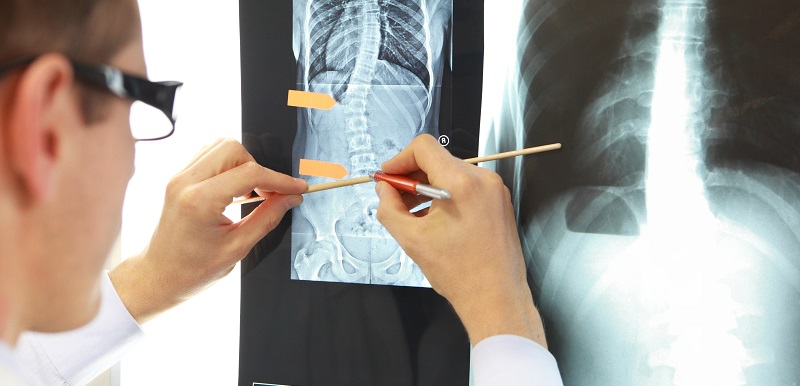5 Common Causes of Scoliosis
Category: Scoliosis | Author: Stefano Sinicropi

Scoliosis is a condition that involves an abnormal curvature of your spine. Although the condition only affects about 2-3 percent of the population, that’s upwards of 9 million people here in America. And although the condition can be treated with physical therapy or a surgical procedure, medical experts want to get a better understanding of why the condition develops in the first place in hopes of preventing its onset. In today’s blog, we explore five of the most common causes of scoliosis.
Why Does Scoliosis Develop?
Scoliosis can develop for a number of different reasons, but as you’ll see when you read on, we still have a lot to learn in regards to understanding scoliosis. Here’s a closer look at five causes of scoliosis.
- Idiopathic Scoliosis – This is the most common type of scoliosis, accounting for anywhere from 80-85 percent of scoliosis cases. Unfortunately, there is no known cause of idiopathic scoliosis. Some medical experts point to a genetic predisposition to the condition, as roughly 30 percent of patients with idiopathic scoliosis have a family member with the same condition, but there’s still no definitive connection for the condition’s onset.
- Congenital Scoliosis – Congenital scoliosis is a type of spinal curvature that occurs during fetal development. This type of scoliosis can occur if spinal segments fail to develop properly, or if spinal vertebrae that are supposed to be seperate fuse together during fetal growth. Congenital scoliosis can affect just one spinal segment, or the whole spine.
- Neuromuscular Scoliosis – This type of scoliosis develops as a result of an underlying neuromuscular condition, like cerebral palsy or muscular dystrophy. It can also set in after a severe injury to the spinal cord, or as a result of a benign or malignant spinal tumor. This is the second most common form of scoliosis behind idiopathic scoliosis.
- Degenerative Scoliosis – As the name implies, degenerative scoliosis develops as a result of natural degeneration of spinal structures. Conditions like arthritis, degenerative disc disease and osteoporosis make our vertebrae more susceptible to moving out of their natural alignment as we get older. Caught early enough, it can typically be treated with non-operative treatment options, like physical therapy and bracing.
- Miscellaneous Scoliosis – The final subset of scoliosis is caused by a few rare conditions, like Ehlers-Danlos or Marfan syndrome. Ehlers Danlos affects the way collagen is formed, and that can lead to disc shifting and spinal curvature issues, whereas Marfans does the same through connective tissue abnormalities. If a rare, non-neuromuscular disorder is leading to the onset of your scoliosis, odds are it falls in this category.
If you notice that your spine is beginning to take on a curved appearance, or you notice it in a parent or loved one, have them connect with a spine specialist. The earlier the problem is treated, the better treatment tends to be. For more information, reach out to Dr. Sinicropi’s office today.